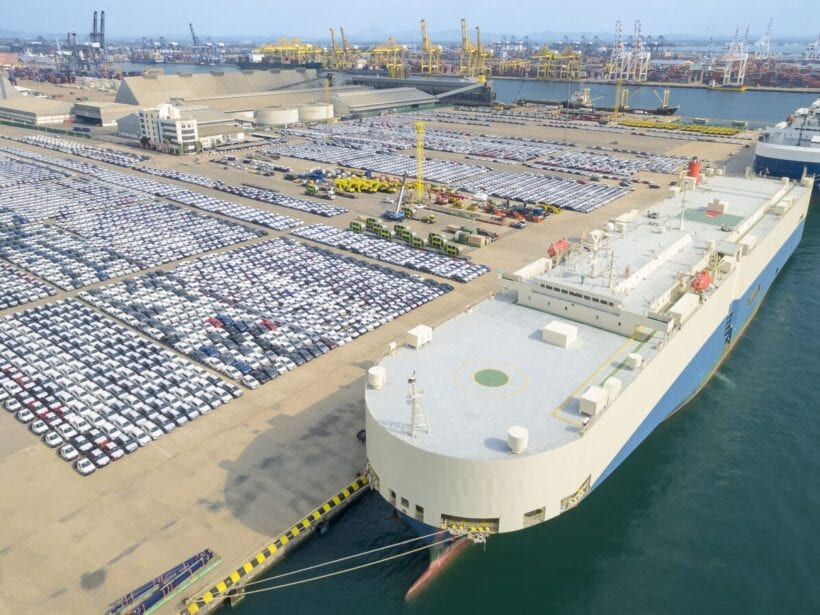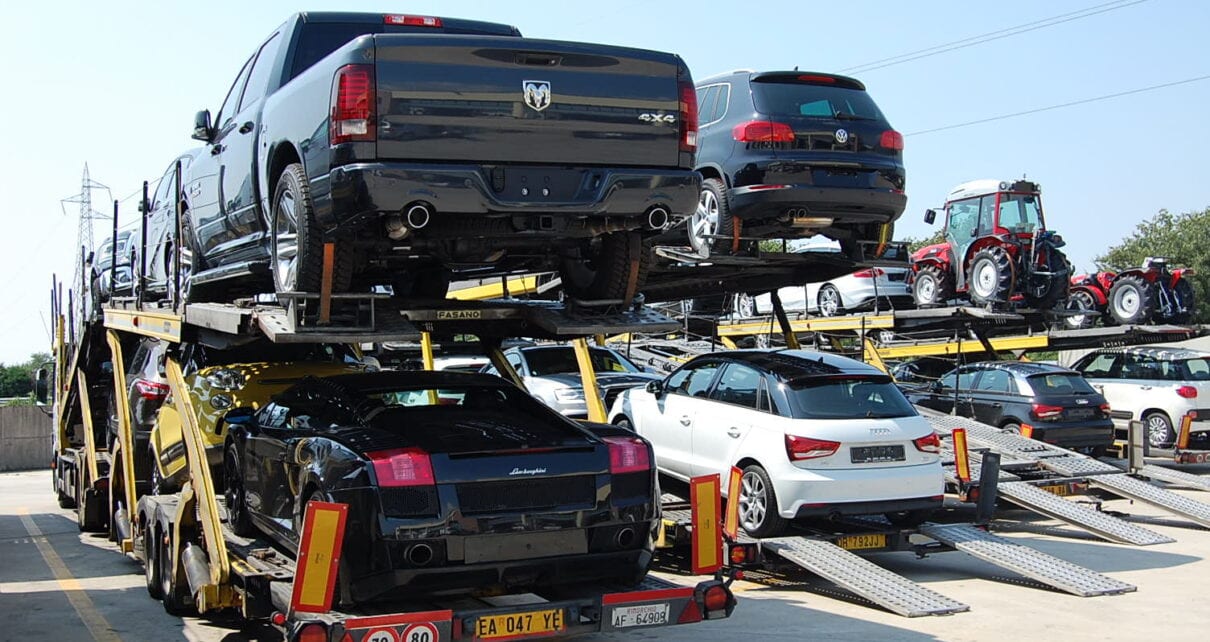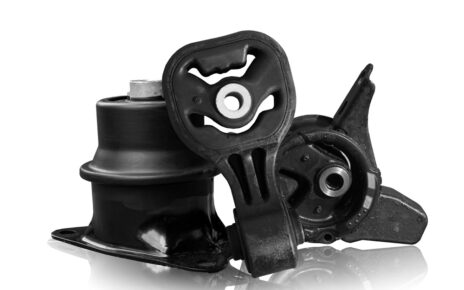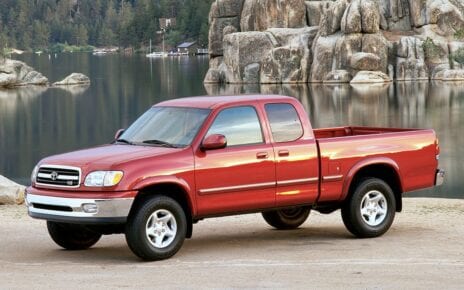Found the latest Toyota or BMW model just to realise that it won’t be sold in your country? Importing a vehicle can be a solution to your problem; however, there are a few things to consider before you can make the final purchase. This article covers the basic questions before you can embark on your life-altering journey and finally get to feel that new steering wheel under your fingers.
1. The Model

Often enough, the Internet or our favourite magazines are plastered with the latest models and we fall in love with the new car of our dreams, before we check our local seller and notice that this specific model doesn’t ship to our country. We are picturing the Toyota Land Cruiser 70 GXL in its typical seventies look but are only able to purchase the normal Land Cruiser. No matter how fancy the advertised car is, ask yourself if the differences really justify an import. Do you gain an environmental advantage because the imported model would be electric or would you maybe even be at a disadvantage? Successful vehicle imports are usually done by fans of a brand who have the resources and time to commit to the process. That does, however, not mean that it won’t be worth your time.
2. The Country’s Standards
Countries in i.e. the European Union and the USA have specific standards vehicles need to fulfil in order to receive a registration number. Factors such as the emission rating or the overall design of the vehicle can play a role during the import. In the UK, vehicles have to be fitted with a special type of speedometer capable of displaying both MPH and KPH, as well as headlamps for left hand traffic. The imported vehicle may need modifications before it can even be considered for a new number plate. Before you purchase your new model, check the conformity to your country’s standards. If it isn’t, contact the relevant governing body to find out which alterations could be made.
3. The Costs

Importing a vehicle doesn’t need to be expensive, but it will cost significantly more than buying a vehicle from your local dealer. In addition to the actual cost of the vehicle, you will incur costs for shipping, tax, insurance, and the agency that will aid you during the process. Additionally, modifications to the car to fit national standards will also have to be paid out of your pocket. We have seen import receipts of £1,000, but costs can be much higher than that. So be prepared to pay extra just in case the operation goes south. The process can also be lengthy and can incur unexpected fees along the voyage, especially if essential forms haven’t been completed. Countries like the UK do offer incentives, though, if electric vehicles are shipped due to the local demand.
4. The Process
Driving an unregistered vehicle is illegal and should not be taken lightly. Are you aware of the steps that have to be taken before your new vehicle can be used in its new home country? In the UK, the gov.uk website offers assistance online, but the importing person still has to ensure the accuracy of their application. Before the vehicle has even arrived in the UK, HMRC should be contacted to discuss the potential tax costs of the import before the vehicle insurance should be set up. Furthermore, the DVLA has to be contacted to apply for registration. While the actual purchase may take only a few clicks, the process of registration can take several weeks and importers should be prepared and organised. It is your responsibility to provide all necessary documents and keep on track. If you are the type of person who keeps their most important documents in one folder, you will most likely not experience many troubles.
5. The Shipping

Have you thought about the shipping? Depending on the country of origin, different types of transportation may be available. A popular option is to opt for a roll-on/roll-off shipment which involves dropping a vehicle off at a dedicated area of transport. Often, these areas resemble parking spaces. Alternatively, customers can apply for a shared container service where vehicles are stored in single containers. This method is only available if the demand can be guaranteed as several customers will have to split the costs of the container. Lastly, the most expensive option is to use a full container load which is filled with only the purchased vehicle. It is by far the quickest and safest option, but it does incur additional charging fees. The deciding factor will be your expectations. Do you want to receive your car as fast as possible or is saving costs the bigger appeal?
6. The Approval
Once the newly imported vehicle has arrived and has been taxed, the vehicle approval and registration process has to be initiated. As mentioned before, requirements differ from country to country, but they do follow a certain pattern. Older cars generally are disadvantaged during the import process due to environmental regulations, but that doesn’t mean that the import of a vintage car is impossible. Think about the vehicle approval like this: purchasing a car in your home country also follows certain rules and regulations. The import doesn’t change the fact that your new vehicle needs a number plate and registration number. Imports from the EU are usually provided with a European Certificate of Conformity, stating that all requirements have been met before or after modifications, while international imports will have to apply for Individual Vehicle Approval. You should expect an inspection of the imported vehicle before approval has been granted. The last stages of the import are definitely the longest ones, but rest assured, not many vehicles are actually rejected at the borders, especially if they have just been built.
When deciding about importing a vehicle, there are always pros and cons. If you already weighed them and chose to import your dream car, check out Novora, an Austrian company that consults its customers on all the details of car import procedures.




